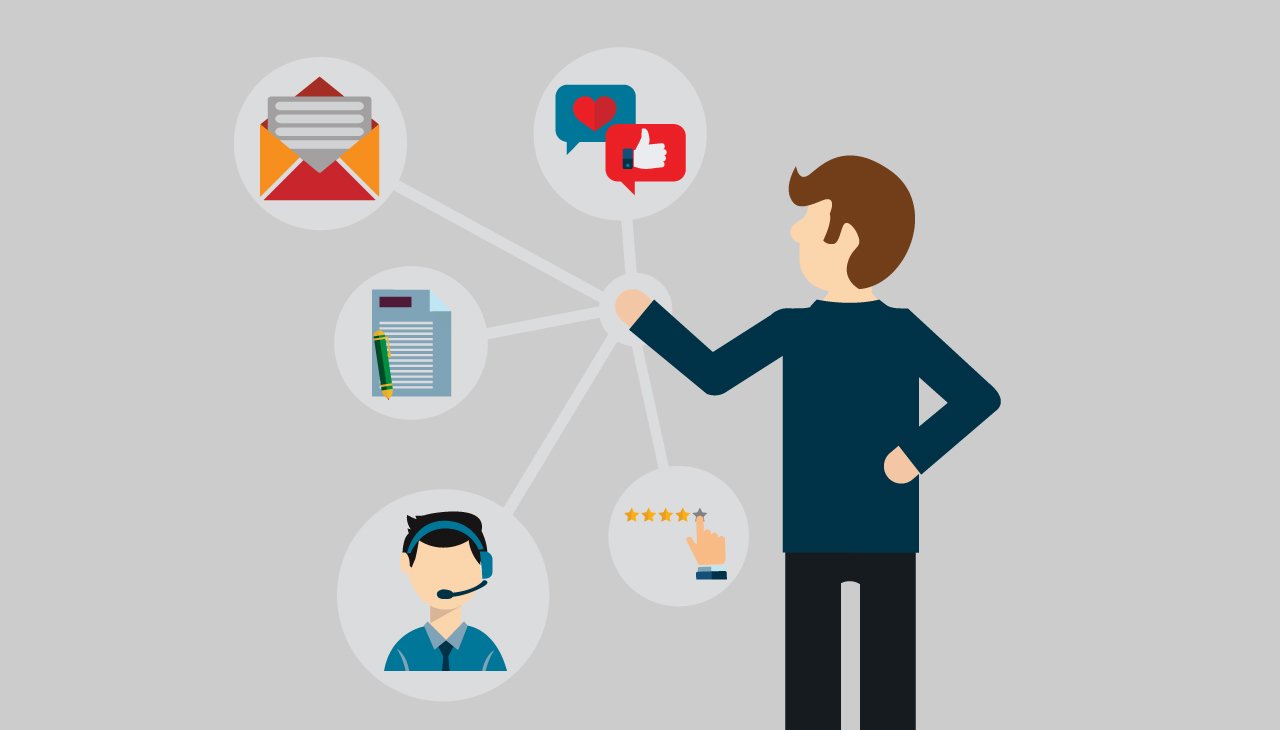Do you ever wonder if you’re doing as well as your competitors? Of course you do! This is the familiar exercise of external benchmarking, or comparing key metrics of your business against others in your space.
Business leaders use this all the time as a way to set standards for performance evaluation on metrics such as Net Promoter Score (NPS) or overall satisfaction; and many look to external benchmarking results as key indicators for how to improve customer experience.
External benchmarking is insightful, of course, but have you ever considered utilizing the power of internal benchmarking?
In this edition of CXSecrets, we will explain how you can use insights from internally benchmarking against yourself within your own organization to quickly enhance your customer experience program.
Why internal benchmarking?
We all agree that external benchmarking is important, but we find that looking inward can be even more important to increasing your company’s customer experience.
Start with the best
To start looking inward, you must identify the best locations, work groups or entities within your organization that are delivering a fantastic customer experience.
If you have a large organization, we can guarantee that you’re going to have variability in customer experience between your very best locations and your worst locations.
Exemplify best practices
Let’s say you’re a hotel. Take a look at your best five locations.
Don’t just look at the customer experience survey feedback or social review feedback that you’re receiving. Go to each location. Observe what they’re doing. Interview the people who are delivering those fantastic experiences. Now that you’ve observed and listened, figure out a way to create processes and procedures inspired by the practices of your best locations that you can apply across your entire organization. It’s really that simple.
Now get out there and do it!
Internal benchmarking is an incredibly effective, low-hanging-fruit way to enhance the customer experience across the enterprise, and you can be incredibly successful in improving your customer experience program if you take this approach.



